OLD TOWN – Three hours in the hot sun and two dozen young pickerel to show for it.
Not what two state biologists, two assistants and a retired colleague had in mind.
The electro-fishing boat effort two weeks ago was intended to help determine where the northern pike are in Pushaw Stream, which flows into Pushaw Lake.
Northern pike were first reported in Pushaw Lake in 2003. Every year since 2006, the lake has been netted in the spring, when the fish are spawning, and all the northern pike captured are killed.
This spring, a total of 78 northern pike were killed in an effort to thwart this non-native fish, which can eat a landlocked salmon whole. State biologists feel the time has come for serious measures.
A proposal has gone to the Maine Attorney General’s office to allow for a catch-and-kill regulation in the Penobscot River drainage. If the Attorney General considers the law reasonable, it will continue to the Department of Inland Fisheries and Wildlife’s rule-making committee, the IFW Advisory Council.
“Obviously with pike in the system we’re working diligently to keep them from expanding. They’re going to expand throughout the Penobscot drainage, right up to the two dams, which are essentially choke points,” regional state biologist Nels Kramer said.
After northern pike were found in Davis Lake near San Francisco, California biologists tried a chemical treatment process to remove them. It failed, and pike still were found in the lake.
Then California used a catch-and-kill regulation in the lake from 1999 to 2007, until the lake was successfully reclaimed on the second attempt.
The regulation was never intended to remove the fish. It was a way to express how bad the pike were for the ecosystem, said Joe Johnson, senior environment fisheries scientist with the California Department of Fish and Game.
Johnson said the regulation sends that message.
“Everyone understands when you put a bounty on something. Most people when they catch it will abide by it and not move it, when you talk about a top predator fish like that,” Johnson said.
At one time, there were no northern pike in Maine waters. But now the fish is found in great numbers in the Belgrade lakes and Sebago Lake. It has depleted the salmon fisheries in the Belgrades and now threatens the same game fish in Sebago.
And in the Penobscot River drainage, northern pike threaten to deplete brook trout numbers as well as salmon populations, Kramer said.
The Penobscot River drainage covers a third of the state and parts of seven counties.
If pike get above the Howland Dam and into the Piscataquis River, the predatory fish will be able to move into “high-value” trout ponds, Kramer said.
Now that the pike are in the river, there is no way to get rid of them, he said. It’s not like a lake that could be reclaimed.
“Quite frankly, it’s a fool’s game. There is no indication that we are killing all the pike that are spawning,” Kramer said. “All it takes are a couple of fish that we miss. There are about 500 acres of wetland in this inlet system. Obviously, we can’t put trap nets throughout it.”
A new concern to some biologists is what will happen when the dams are affixed with fish passageways — part of the Penobscot Restoration Project effort to bring back the sea-run fish.
The consequences of that change is of concern to at least two of the state’s seven regional fisheries biologists and a retired veteran.
The plan to build a fish passage at the Howland Dam is part of the work of the Penobscot Restoration Trust, which is working with government agencies including IFW to bring sea-run fish back.
But Kramer, Moosehead Lake regional biologist Tim Obrey and retired Moosehead Lake biologist Paul Johnson hope the trust will decide instead on a modernized fish passage that sorts out the sea-run from non-native fish like pike.
“It’s a very tenuous situation,” Kramer said. “On the one hand, there is alewife restoration and that will be beneficial to Atlantic salmon. … That’s a good thing. But by the same token, (it’s) allowing northern pike into the system, which also prey on salmon smolts as well as other species, I feel there is a better solution.”
But the effort to restore sea-run fish to the Penobscot River will benefit the river’s ecosystem, said Laura Rose Day, executive director of the Penobscot River Restoration Trust.
In addition, that restoration effort, supported by a large team of state and federal fish and wildlife agencies, has considered the threat of pike, Day said.
Assessment studies have suggested that a sorting system at Howland won’t keep pike out anyway, as the biggest threat is people moving fish, which Kramer said is most likely how pike got in the Penobscot drainage to begin with.
“All the agencies looked at this inside and out, including IFW, and the organizations that looked at this said (pike) are more likely to move some other way,” Day said. “Nobody wants pike in the river. But healthy native fish populations is what this project is about. All of these assessments have shown the same thing, move ahead with the bypass and restore the native fish.”
For now Kramer is hoping the catch-and-kill regulations will become law through the IFW rule-making process, and the pike can be held at bay.
Johnson said every effort to slow the pike needs to be taken, or native brook trout fisheries will be lost.
“They’re in Pushaw,” Johnson said. “They’re going to move, maybe in five years, maybe in 10 or 20 years. But when it happens, it’s done.”
Staff Writer Deirdre Fleming can be contacted at 791-6452 or at:
dfleming@pressherald.com
Twitter: Flemingpph
Send questions/comments to the editors.


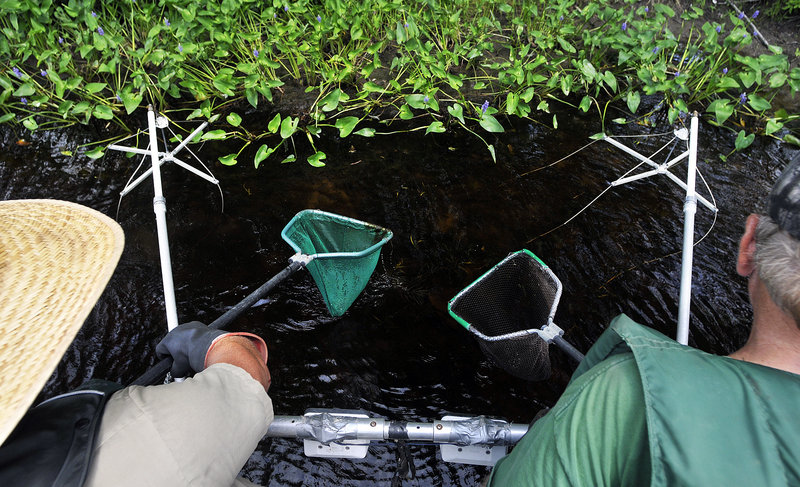
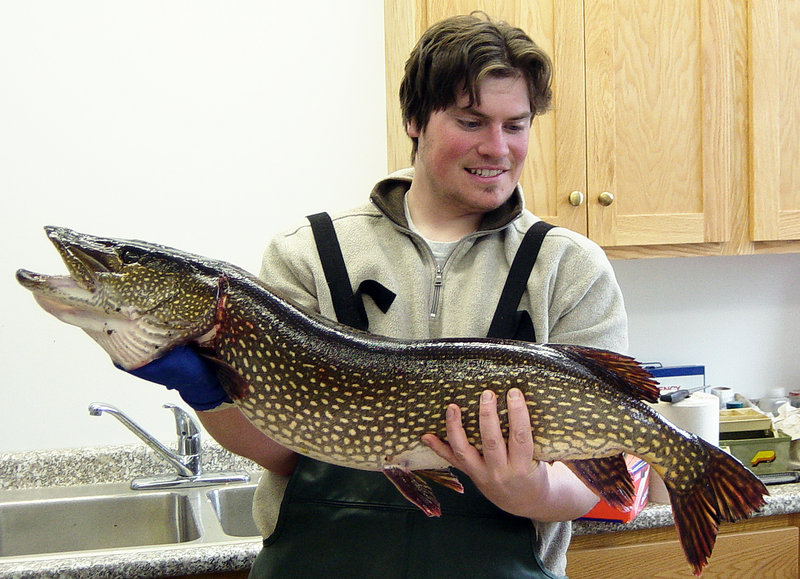
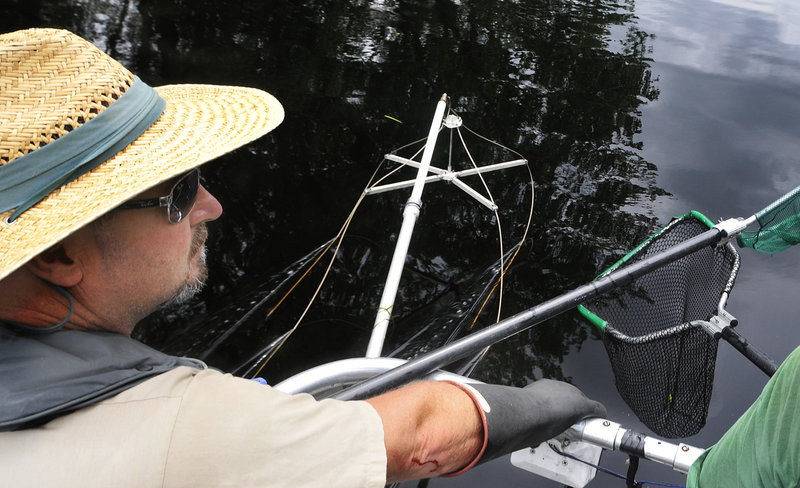
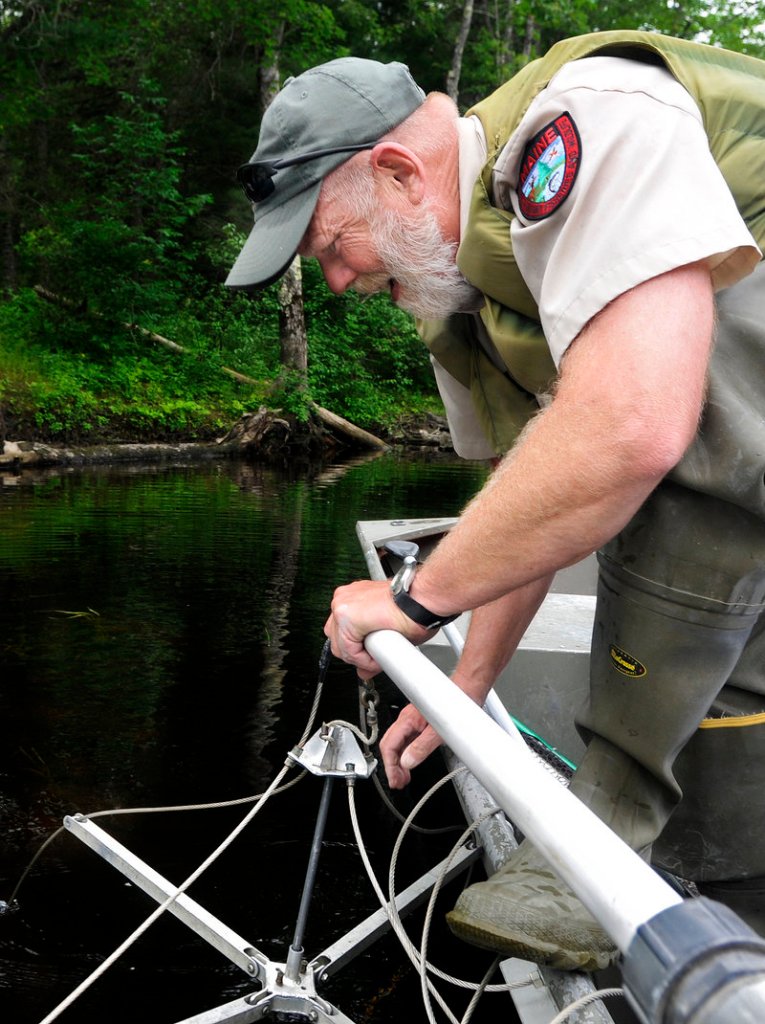
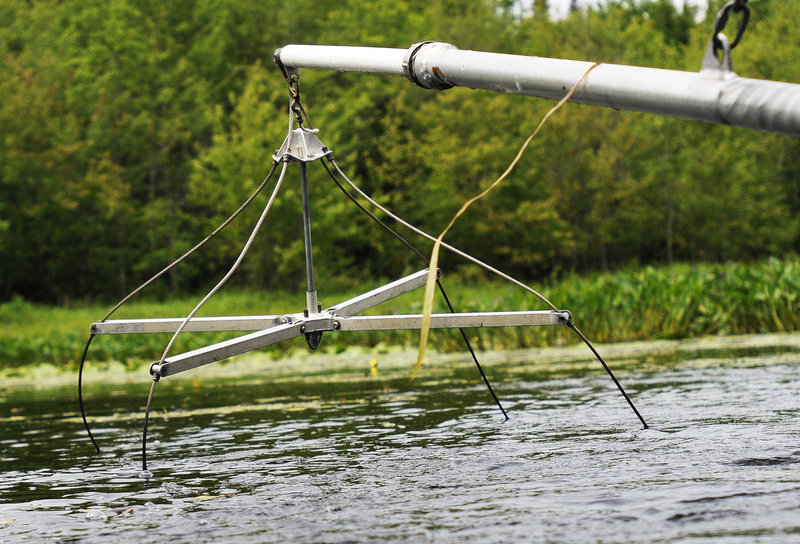
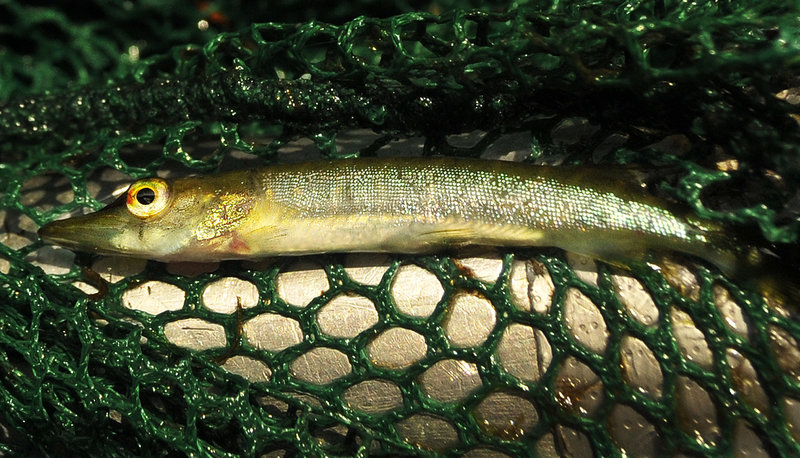

Success. Please wait for the page to reload. If the page does not reload within 5 seconds, please refresh the page.
Enter your email and password to access comments.
Hi, to comment on stories you must . This profile is in addition to your subscription and website login.
Already have a commenting profile? .
Invalid username/password.
Please check your email to confirm and complete your registration.
Only subscribers are eligible to post comments. Please subscribe or login first for digital access. Here’s why.
Use the form below to reset your password. When you've submitted your account email, we will send an email with a reset code.